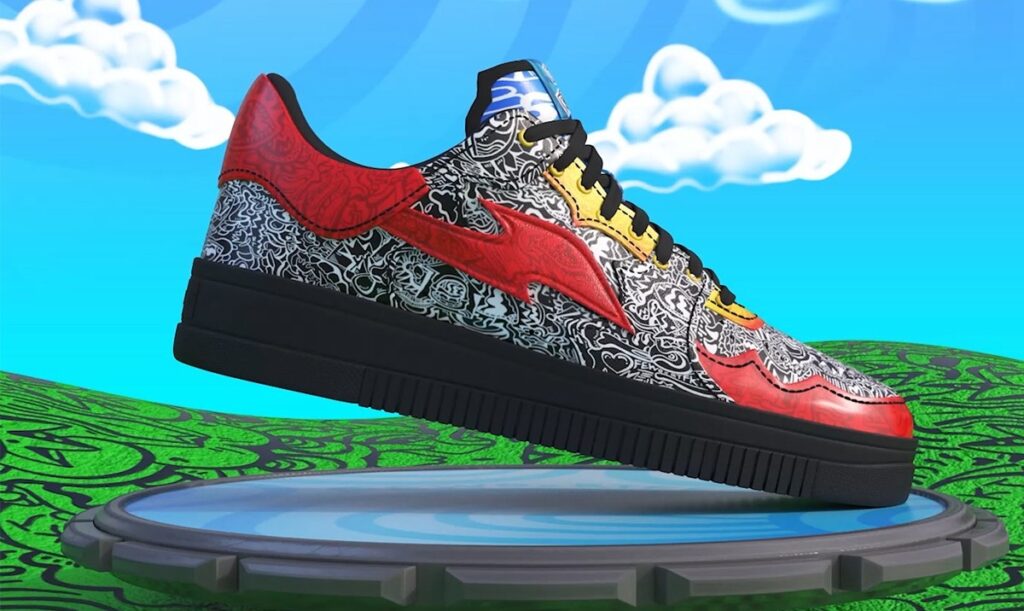On the 12th of February 2022, Twitter user, @dt_chain bought an NFT for 8,000ETH or, in layman terms, $23 million, making it one of the most expensive NFTs ever sold – the first being Beeples The First 5000 Days which sold for a whopping $69 million at Christie’s. Let’s put this into perspective, according to an article published by Vocal Media, $23 million can get you the following things: a Learjet 45, a ZAMBOANGA Yacht, Bugatti Chiron, Texas Doomsday Bunker or even a Spanish holiday home. Impressive right? Well, instead of being used on transportation or real estate that more than a life-changing amount of cash went towards, well, erm… this:

CryptoPunk #5822
So what’s the deal here? Why is this pixelated blue person (alien) thing so special? Is there something the world’s super-rich aren’t telling us?
Over the past couple of months, there have been talks of NFTs, cryptocurrency and a repetitive image of a cartoon monkey that seems to terrorise us on a daily. Worst yet, we are plagued with people buying these images for obscene amounts of money at a time and EVEN WORSE YET, we don’t even know what they’re even buying!
Unfortunately, I cannot explain to you why these “works of art” are worth all the hype, but what I can do is try and best explain some NFT related terminology. Although, I must admit that trying to write up an interesting article about a topic many people resent, let alone care for, presents its own set of challenges- but, seeing that this subject isn’t going away any time soon, rather get the basics out of the way, before it’s too late.

Bored Ape Yacht Club NFT #8585
Let’s start from the beginning:
What is cryptocurrency?
Before we begin delving into what an NFT is, it’s important to understand how we got there in the first place and you can’t have NFTs without cryptocurrency.
“Crypto” means secret or concealed and “currency” means a system of money in use in a particular country.
Cryptocurrency is then a digital payment system that doesn’t rely on banks to verify transactions. It’s a peer-to-peer (or computer to computer) system that can enable anyone anywhere to send and receive payments.
Instead of physical money being carried around and exchanged in the “real” world, cryptocurrency payments exist purely as digital entries to an online database describing specific transactions. When you transfer cryptocurrency, the transactions are recorded in a public ledger. This ledger is similar to a record-keeping book but is entirely online.

What is Ethereum?
Ethereum is a platform powered by blockchain technology that is best known for its cryptocurrency, called ether, or Ethereum or simply, ETH. The distribution nature of blockchain technology is what makes the Ethereum platform secure, and that security enables ETH to gain value. So, in summary, if cryptocurrency is just digital money then ETH is just a digital currency.
What is a blockchain?
A blockchain is a system of recording information in a way that makes it difficult or impossible to change, hack, or cheat the system. A blockchain is essentially a record book or other collection of financial accounts of transactions, which is then duplicated and distributed across the entire network of computer systems on the blockchain.
So…if ETH is a blockchain, and is also a type of cryptocurrency we can then understand why it is crypto and secure. This is because blockchain technology, as mentioned above, makes it impossible to change, hack or manipulate.
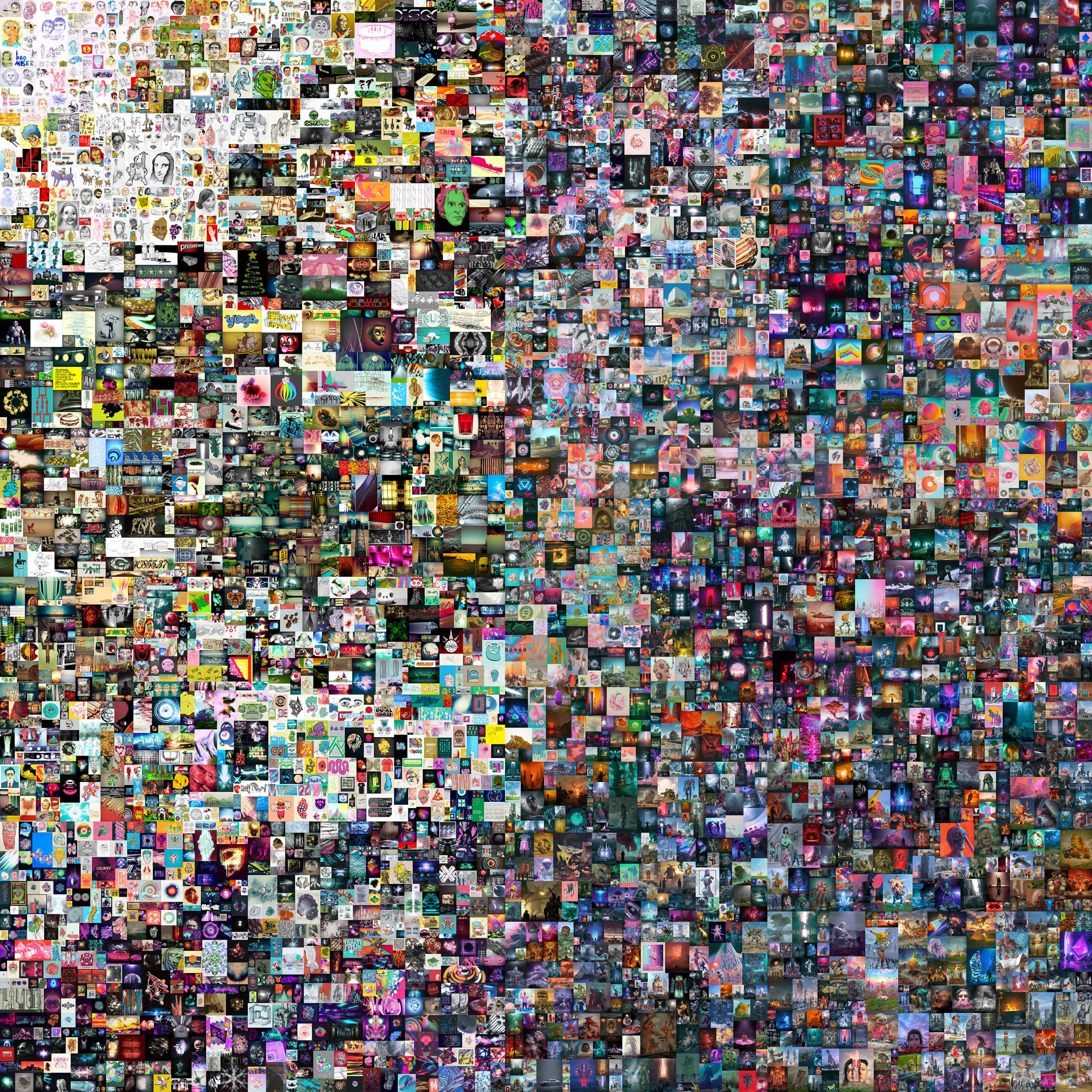
Beeple, Everydays: The First 5000 Days
What is OpenSea?
OpenSea is the first and largest NFT (non-fungible token) marketplace. Founded in 2017, OpenSea offers more than two million NFTs for sale on the Ethereum, Polygon and Korea-based Klatyn blockchains. So essentially, it’s just one of the places you can buy your fave NFTs including that damn monkey or even Nyan Cat. The more you know am I right?
What is a DAO?
DAO stands for Decentralised Autonomous Organisations and is the core of blockchains. Essentially, it is a system that isn’t run by a single organisation or company and is stored amongst multiple platforms.
Decentralisation is at the core of blockchains, meaning, they are not controlled by a single central authority like the government. And that’s exactly what a DAO brings to organisations or companies. A DAO is an organisation run by a group of people with no typical company hierarchy, who establish their own rules, and make decisions based on smart contracts on a blockchain. All its rules and transactions are recorded on the blockchain, thereby removing the need for any central entity.
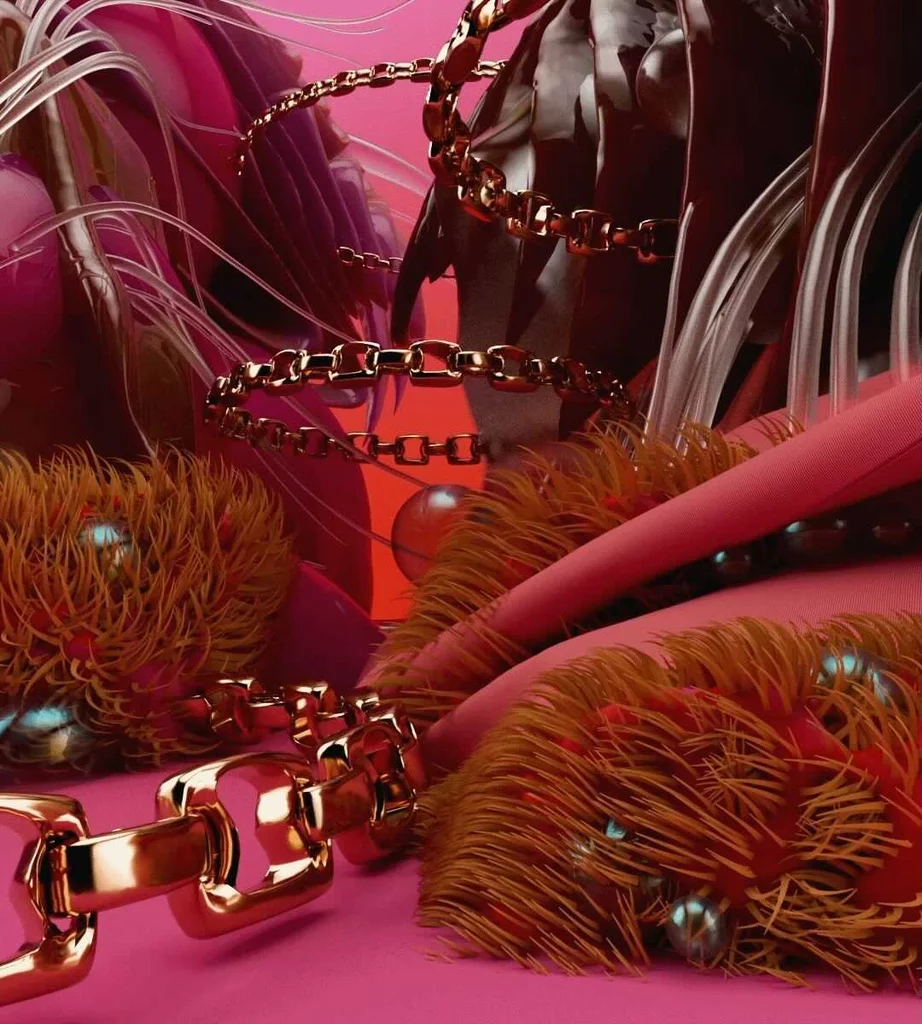
Still taken from Mikaela Stafford animation
Essentially, a DAO works like a corporation with no executive board—a company that can seamlessly function without leadership. Its main role is to bring together a community of people with similar interests to work towards a common goal. Here, the community manages the operations of the organisation and decisions are made from the bottom-up. (In case you were wondering, yes governments worldwide do hate this sh*t. So much so, that in January about 51 countries banned – yes BANNED – crypto from being used in their countries.)

Nyan Cat, still, 2011
Now finally the moment we’ve all been waiting for:
What exactly is an NFT?
Non-Fungible Tokens or NFTs can really be anything digital such as drawings, music, tweets, your brain downloaded and turned into an AI, you know, the normal stuff. Non-fungible means that it cannot be replaced or traded with something else. For example, an artwork is non-fungible because there is no real way to determine its value and therefore can’t be traded with something “of similar value”. Fungible assets are things like money where you can, for example, trade a R20 note for 4 R5 coins that amount to the same thing.
NFTs are also electronic identifiers that verify the existence and the ownership of a digital collectable. So basically, an NFT is a digital contract, statement or code that shows that you own something digital…that’s it. Understand that you don’t own the thing- you own a “certificate” or document that says you own said thing. Cool right?…Right?

The Disaster Girl meme, featuring Zoe Roth, has become an NFT. Photo by Dave Roth.
“Wow! That’s like so interesting! I really wanna make my own monkey now and become a billionaire too, where do I buy and sell one Hlengi?”
Good question reader!
Well, you’d do this on an NFT auction site like OpenSea. NFT auctions work much like an online auction on platforms like eBay. Each work is displayed online as a jpeg file that contains metadata – which literally means “data about data” – about the work’s title, number and who owns it. But before you get ahead of yourself and post your best faceless nude as an NFT, you have to make it into an NFT with a process called minting.

Bored Ape Yacht Club NFT
What is minting?
Minting an NFT is, in more simple terms, publishing your token on the blockchain to make it purchasable. So like putting something on your shop for people to buy. Minting refers to converting a digital file into crypto digital assets or collections which is then stored on the blockchain. And no minting is not free.
What is a gas(price)?
Let’s go back to Ethereum for a second. Ethereum is a type of software that performs simple computations, and these computations all happen simultaneously on multiple computers called nodes. Within nodes are people who protect data stored on a blockchain from being hacked or damaged. They offer their services to the platform, but in order to do that they should be paid a fee to keep them going, and that’s where you come in NFT buyer and seller. In essence, ‘NFT Gas’ is the term given to the fee that most NFT trading platforms charge to perform a transaction on the blockchain.

SUPERGUCCI, Superplastic NFT
What are gas wars?
A gas war occurs when there is more demand to mint a project than the Ethereum network can process transactions per block/time. A great analogy written on medium.com is to take for example there was a case where you and 30 other people needed to get to a taxi and were all holding out money. The driver would go to the person holding out the largest amount. So, the more people trying to hurl a cab (or mint an NFT) the higher the price will be, similar to bidding almost. This means that you could end up paying thousands of dollars (or rands), producing an NFT you don’t even know is going to sell. Yikes. But fret not as there is such an invention called, gasless minting.
What is gasless minting?
Minting- turning something into an NFT, and gasless meaning “without the upfront payment to get the transaction done”. You have to understand that just because you decided to make an NFT doesn’t mean it’s going to sell. So, gasless minting is a way for new people who don’t want to risk spending money up front to get into the NFT space to still mint their NFTs. Before it used to cost to mint a new NFT — now you can do it completely free of any gas fees on many platforms.
Now that we have gotten many of the terms out of the way, you may be asking what are the benefits of selling NFTs? And what are, more importantly, the cons.
Pros
1. New revenue stream for artists, apart from gallery representation
NFTs were partially created to help artists earn more money in a digital landscape that hasn’t been particularly kind to them before. If their artwork accrues more value — which it gains when it becomes popular on the internet — the artist gains income.
2. Immutability
NFTs can’t be changed or replaced in any way if their authenticity is verified on the blockchain. The intrinsic value of authenticity becomes an actual, extrinsic value, as well.
3. Smart contracts
If the NFT owner resells an NFT for a profit later and the artist attached a royalty “rider” to the contract, the artist gets compensated immediately. Ultimately, it is the artist’s choice whether they would like to sell their works on NFT platforms or not. But it does go without saying that art – as well as the rest of the world as we know it – is moving more into the digital landscape and artists will, in my opinion, have to eventually have some sort of digital presence. And as stated above, this is an extremely vulnerable place to be regardless of platform.
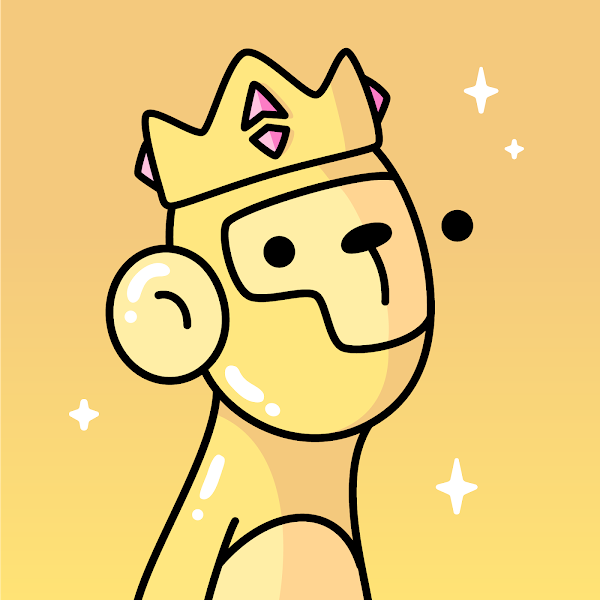
Doodle #6914
NFTs are relatively new, so there will obviously be some issues surrounding them that will likely be solved in the near future.
Cons
1. NFTs can be stolen
NFTs have been the target of a few security breaches, especially from hackers who don’t believe they’re “real” investments. Many exchanges have outdated or inefficient security protocols in place.
2. Ownership does not equal control
Just because someone owns an original NFT doesn’t mean they can control its distribution or duplication across platforms. Ownership just means they hold the authentic “original” — they can’t stop prints from being made.
3. Right now it is a speculative market
At the moment, NFT worth is entirely tied to aesthetic and sentimental value. It’s impossible to gauge its worth as a long-term investment, so right now, it’s nothing but speculation. This is horrible for artists as they then don’t know if they’ll actually get any cashouts for their work-leaving them at a loss.
So there you have it, folks. Like I said, whether you choose to buy or sell NFTs is obviously and ultimately your decision. However, we cannot dodge this nonsensical any longer. Whether you like it or not, NFTs are not going anywhere soon. So my advice is to read up on some terms and educate yourself, even a little and sound like the most technologically advanced person at your next team meeting.
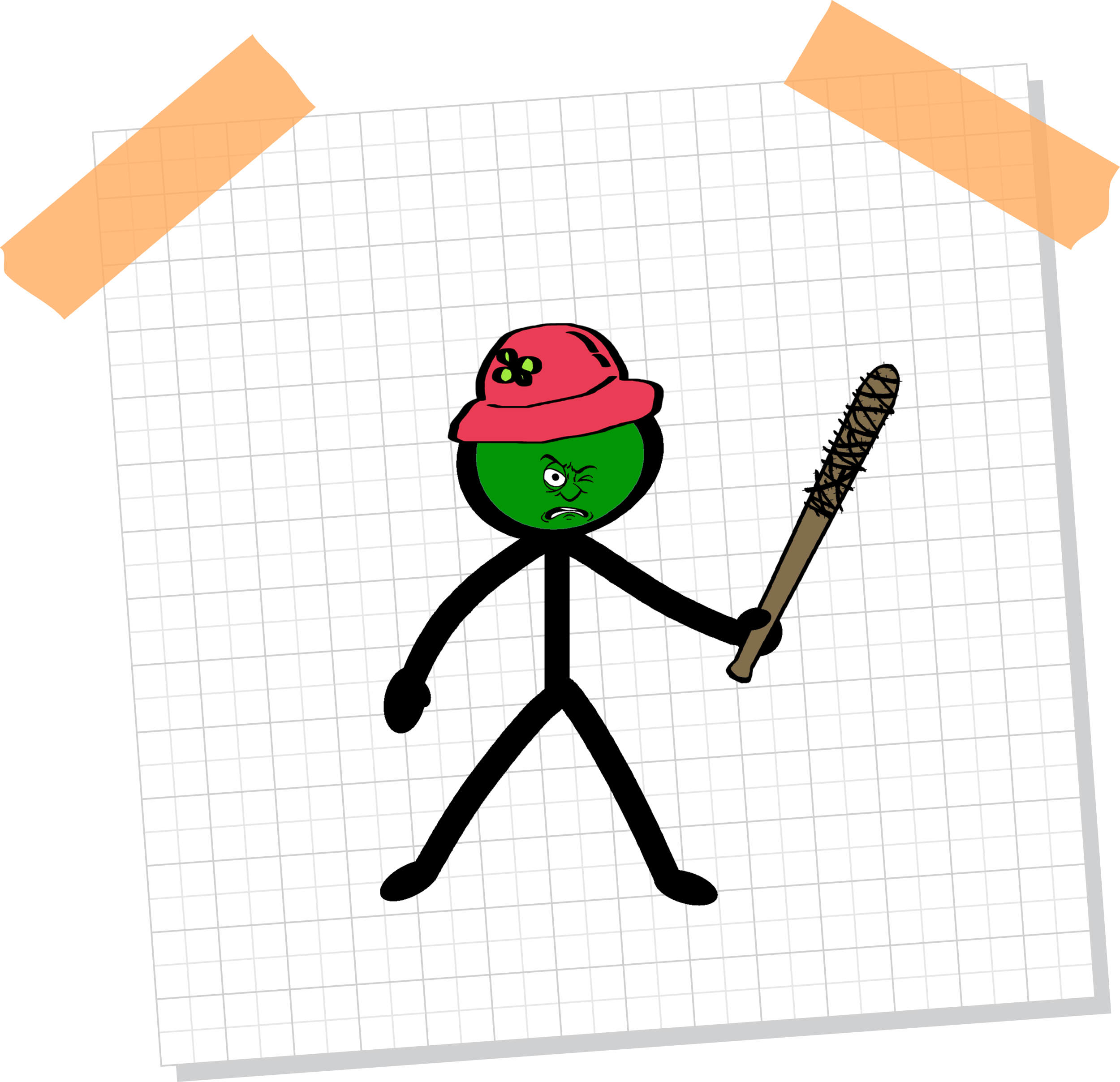
The Stickman NFT
